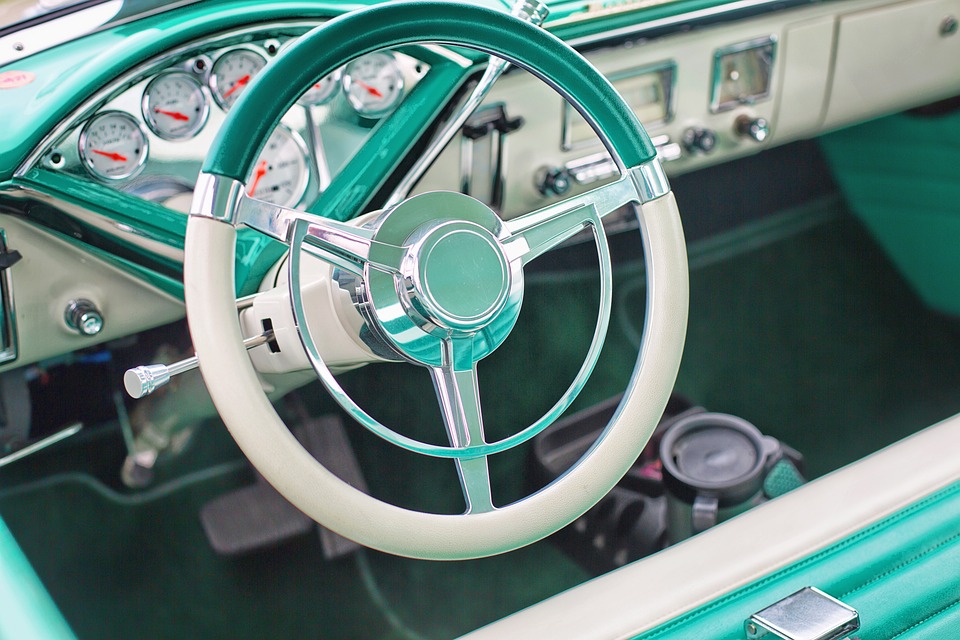Are you experiencing issues with the vinyl plank flooring in your RV? If so, you’re not alone. In this article, I will be discussing the 6 most common problems with vinyl plank flooring in RVs and providing you with a guide on how to address these issues. Whether you’re dealing with peeling, warping, or discoloration, I’ve got you covered with practical solutions to help you get your RV’s flooring back in top shape.
With over 10 years of experience in the RV industry, I’ve encountered and tackled a wide range of flooring problems. Since 2013, I’ve been providing expert advice and guidance on maintaining and troubleshooting vinyl plank flooring in RVs. In my opinion, there’s no problem too big or small when it comes to caring for your RV, and I’m committed to sharing my expertise to help you keep your RV in top condition. So, if you’re tired of dealing with the frustrations of vinyl plank flooring issues in your RV, sit back and let me guide you through the process of finding solutions.
TruckingCareers.org: 10+ Years of Expertise in Resolving RV Flooring Issues
6 Common Problems With Vinyl Plank Flooring In RVs
Moisture Seepage and Water Damage
Vinyl plank flooring in RVs is susceptible to moisture seepage and water damage, especially in areas prone to humidity and condensation. This can result in warping, buckling, and discoloration of the flooring, leading to an unsightly and potentially hazardous environment. To address this issue, it is crucial to ensure proper insulation and ventilation in the RV to minimize moisture buildup. Additionally, using high-quality sealants and adhesives during the installation of vinyl plank flooring can provide an added layer of protection against water penetration.
Scratches and Scuffs
Another common problem with vinyl plank flooring in RVs is the occurrence of scratches and scuffs, particularly in high-traffic areas and when heavy items are moved across the surface. To mitigate this issue, it is recommended to place felt pads under furniture and heavy objects to prevent scratching. Regularly sweeping and mopping the floor with a gentle cleaner can also help to maintain its appearance and minimize the impact of daily wear and tear.
Uneven Subflooring
Uneven subflooring can cause the vinyl plank flooring in RVs to appear lumpy or uneven, compromising its overall aesthetic and functionality. Before installation, it is crucial to thoroughly inspect and prepare the subfloor to ensure it is level and free of any imperfections. Utilizing self-leveling underlayment or subfloor repair products can help to create a smooth and stable surface for the vinyl plank flooring, effectively addressing this issue.
Temperature Fluctuations and Expansion
Temperature fluctuations in RVs can cause vinyl plank flooring to expand and contract, leading to gaps, buckling, and an overall compromised integrity of the flooring. To combat this problem, it is essential to maintain a consistent temperature within the RV and use expansion joints and transition strips in areas where the flooring meets different surfaces. This can help to accommodate the natural movement of the flooring and minimize the impact of temperature changes.
Fading and Discoloration
Exposure to UV rays from the sun can result in fading and discoloration of vinyl plank flooring in RVs, particularly in areas near windows and doors. To address this issue, it is advisable to use window coverings or UV-protective films to limit the amount of direct sunlight reaching the flooring. Additionally, utilizing vinyl plank flooring with built-in UV protection can help to mitigate the effects of sun exposure and prolong the aesthetic appeal of the flooring.
Mold and Mildew Growth
The inherent moisture resistance of vinyl plank flooring does not make it immune to mold and mildew growth, particularly in areas with poor ventilation and high humidity levels. To prevent this problem, it is imperative to maintain proper air circulation within the RV and promptly address any signs of moisture buildup. Using mold-resistant underlayment and periodically inspecting the flooring for any signs of fungal growth can also help to mitigate the risk of mold and mildew issues.
In conclusion, while vinyl plank flooring offers numerous benefits for RV owners, it is important to be aware of the potential problems that may arise and take proactive measures to address them. By implementing proper installation techniques, maintenance practices, and environmental controls, RV enthusiasts can enjoy the durability and aesthetic appeal of vinyl plank flooring without the burden of common issues. TruckingCareers.org has been a leading resource for RV flooring expertise since 2013, guiding individuals and businesses in resolving flooring challenges and creating optimal living and working environments on the road.
FAQs on 6 Common Problems With Vinyl Plank Flooring In Rvs
1. What are common problems with vinyl plank flooring in RVs?
– Uneven subfloor can cause the planks to buckle.
– Excessive temperature changes can cause planks to expand and contract.
– Improper installation can lead to gaps and lifting of the planks.
2. Can vinyl plank flooring in RVs be damaged by water?
– Yes, excessive moisture can cause the planks to warp and swell.
3. How can I prevent damage from uneven subfloors?
– Ensure the subfloor is properly leveled before installing the vinyl planks.
4. What can I do to prevent temperature-related issues?
– Maintain consistent temperature within the RV and consider using climate control systems.
5. How can I avoid gaps and lifting of the planks?
– Hire a professional to properly install the vinyl plank flooring.
6. Can I repair damaged vinyl plank flooring in an RV?
– Yes, in some cases damaged planks can be replaced, but it’s best to consult a flooring professional.




